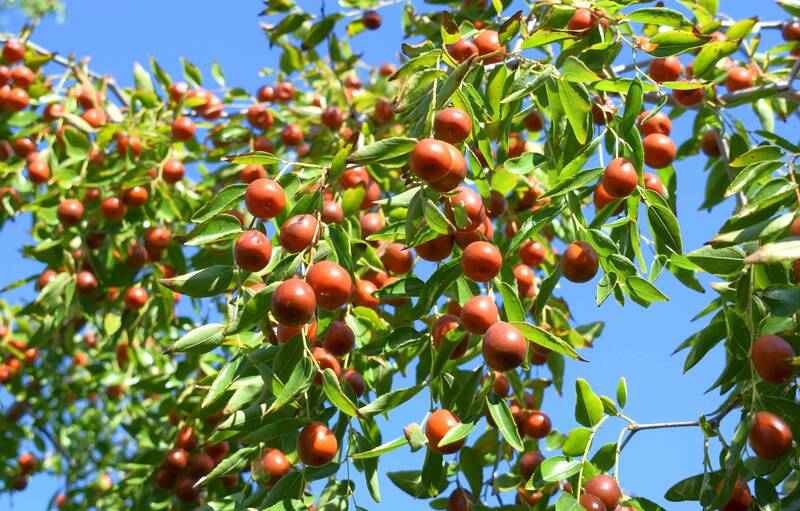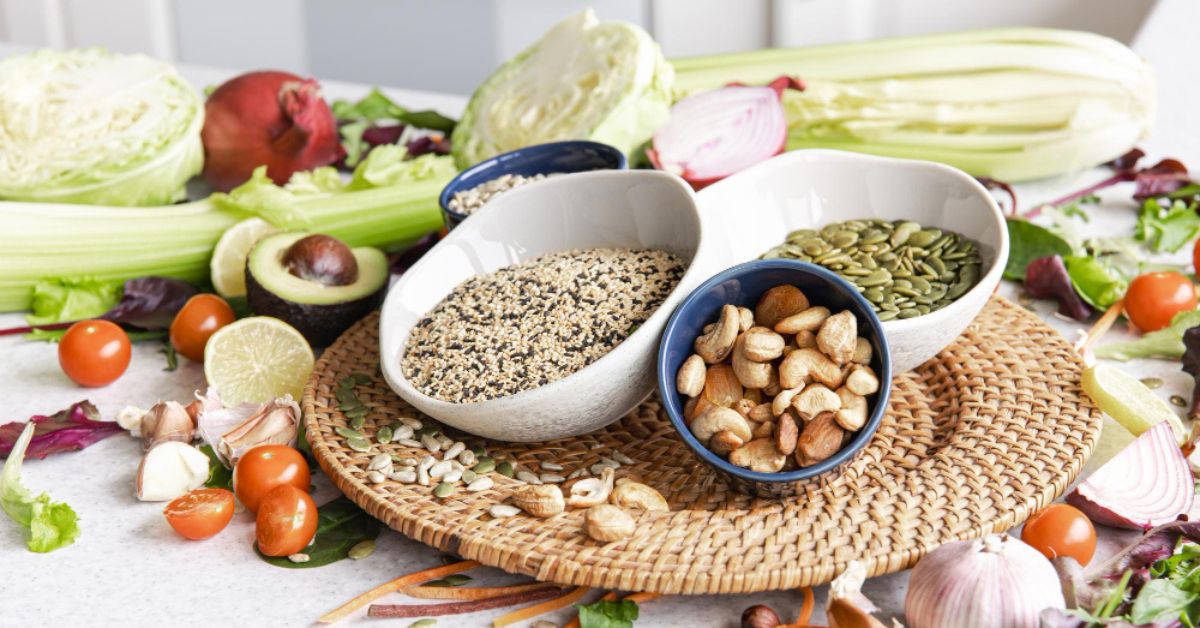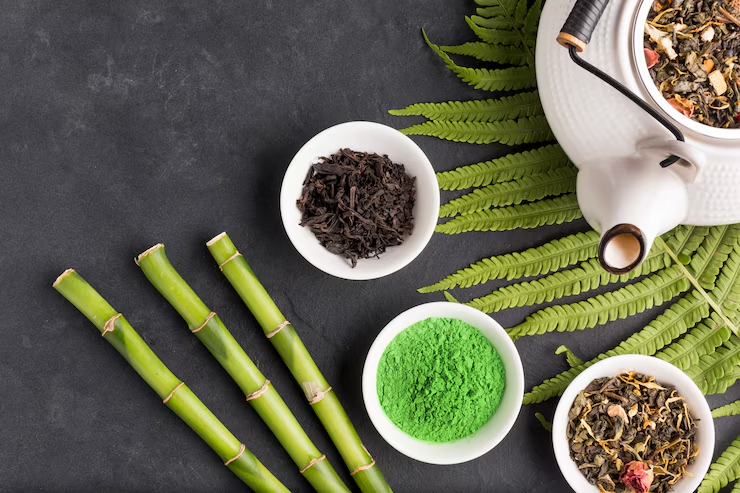Žižole (sometimes spelled žižolė or žižulė) is a traditional herbal liqueur originating from the Baltic region, particularly Lithuania. Known for its unique blend of aromatic herbs and spices, this drink has been enjoyed for centuries, both as a digestif and a medicinal remedy. Its distinct flavor profile, combining bitterness with herbal sweetness, makes it a cherished part of Baltic drinking culture.
History and Origins
The exact origins of Žižole are unclear, but it is believed to have been influenced by medieval monastic traditions, where monks crafted herbal liqueurs for both pleasure and health benefits. Over time, Baltic farmers and households developed their own recipes, often using locally available herbs, berries, and roots.
In Lithuania, Žižole was traditionally homemade, with each family having its own secret blend. Some versions were used to aid digestion, while others were simply enjoyed during celebrations and gatherings.
Ingredients and Flavor Profile
Žižole is made by infusing high-proof alcohol (usually vodka or grain spirit) with a variety of botanicals. Common ingredients include:
- Juniper berries (giving it a piney, slightly resinous note)
- Wormwood (contributing bitterness, similar to absinthe)
- Mint, thyme, and lemon balm (for freshness)
- Honey or sugar (to balance the bitterness)
- Citrus peel (for a zesty aroma)
- Other regional herbs (such as yarrow, St. John’s wort, or caraway)
The exact recipe varies, but the result is typically a complex, herbal liqueur with a bittersweet taste, often compared to German Kräuterlikör or Italian Amaro.
How Žižole is Consumed
- As a Digestif: Sipped neat after meals to aid digestion.
- In Cocktails: Used in place of other herbal liqueurs in drinks like the Baltic version of a Black Russian or Herbal Martini.
- With Tea or Coffee: Sometimes added to hot beverages for extra flavor.
- Medicinal Use: In folk medicine, it was believed to help with colds and stomach ailments.
Modern Revival
While homemade Žižole is still common in rural Lithuania, commercial versions have emerged, with distilleries crafting artisanal herbal liqueurs. Some modern twists include aging in oak barrels or adding contemporary flavors like sea buckthorn or blackcurrant.
Conclusion
Žižole is more than just a drink—it’s a piece of Baltic heritage. Whether enjoyed as a traditional digestif or experimented with in modern mixology, this herbal liqueur offers a taste of Lithuania’s rich cultural and botanical traditions. If you ever visit the Baltics, trying Žižole should be on your list!
Would you like a recipe to try making it at home? Let me know!











